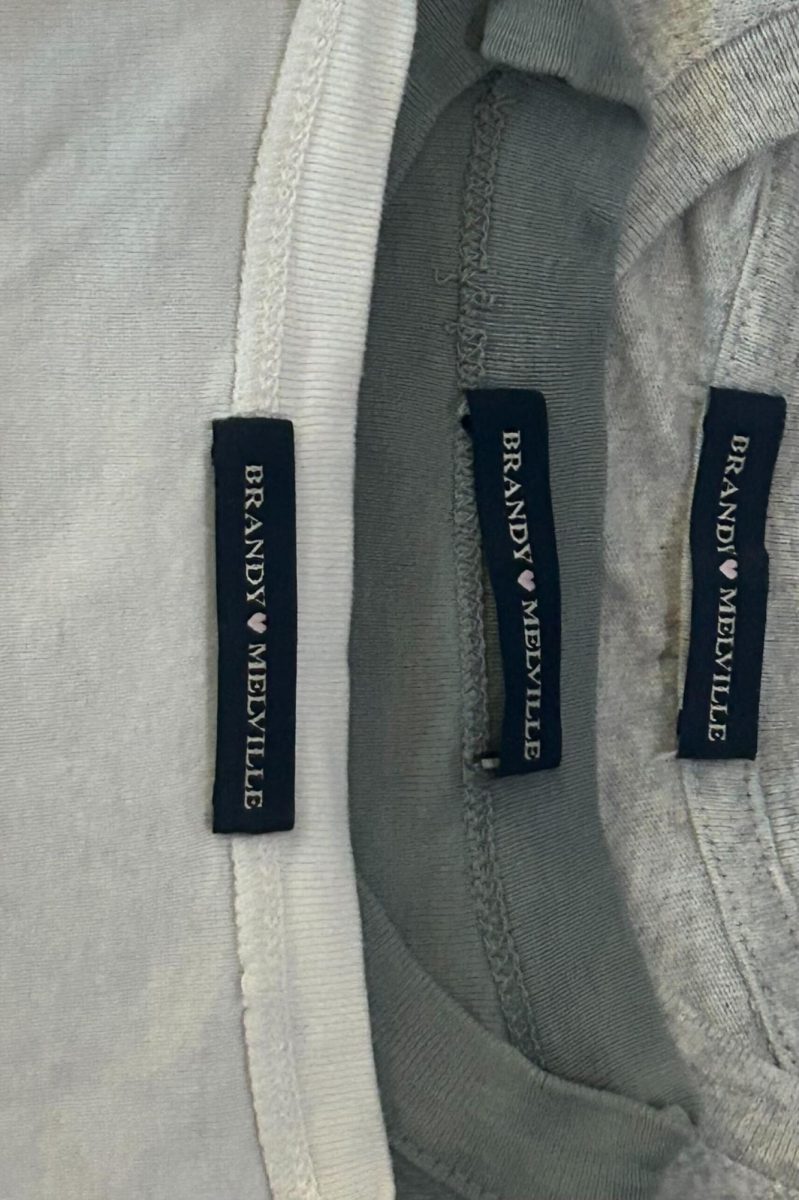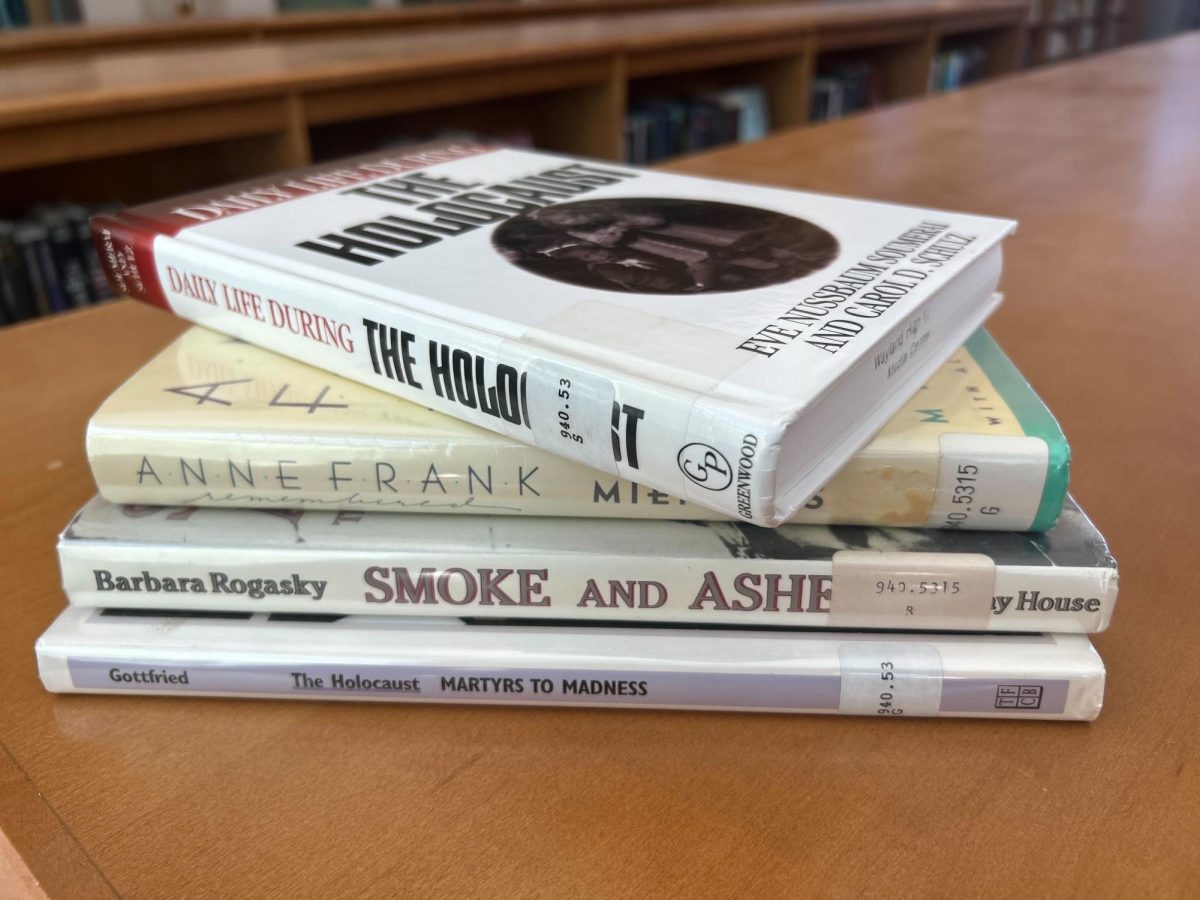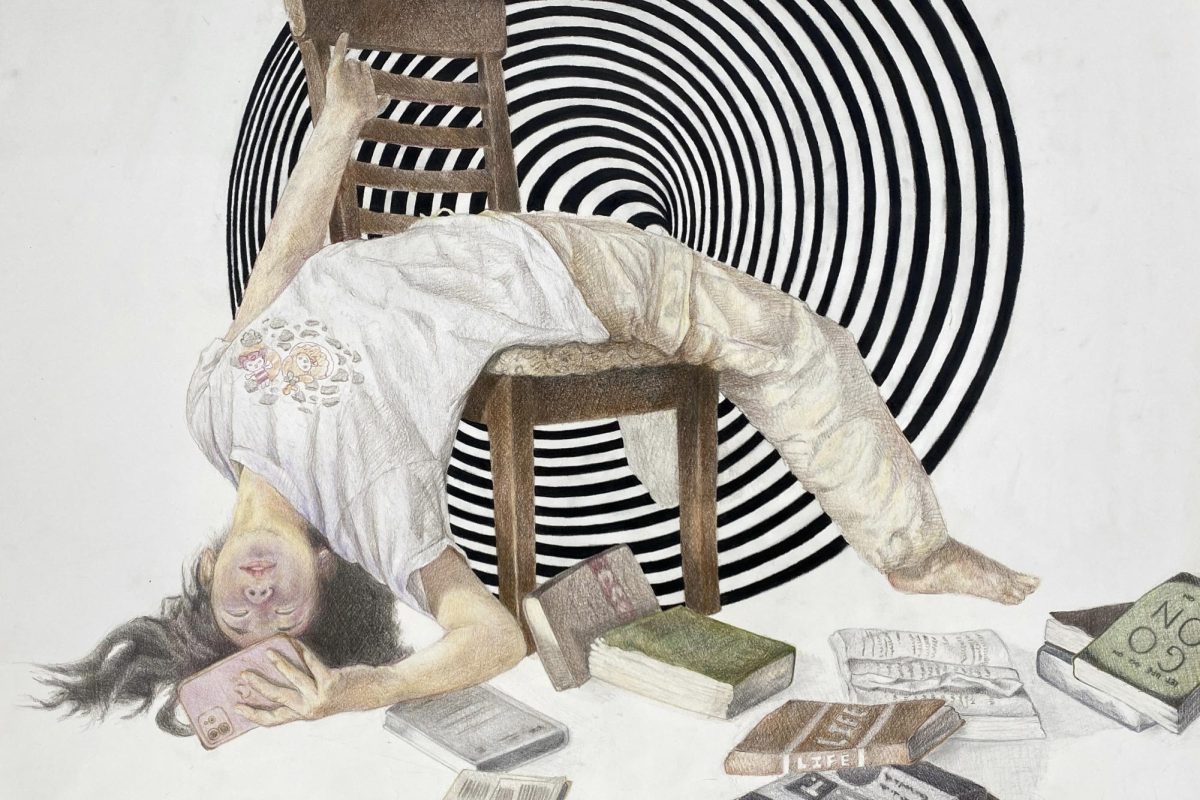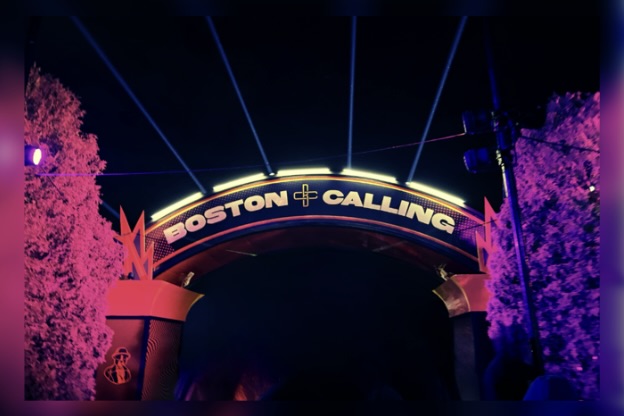Chat with Cat: Bring back cursive
Credit: Owen Smith
In the latest installment of Chat with Cat, WSPN’s Caterina Tomassini shines a light on Autism Awareness month.
April 6, 2020
I’m sitting in my 10th grade history class, waiting to learn more about the motives of World War II. My teacher, eager to discuss Germany’s unprovoked attack on Poland, is passing out documents written by politicians in the 1940s. As I wait for my copy of the document, I glance at the boy sitting in the row across from me. His eyebrows pinch together, his head tilts sideways, and he raises his hand.
“Um,” he starts, “I can’t read this.”
Perplexed by his confusion, I look down at my own paper. Nothing seems to be wrong with the document; the text is clear and the papers are in the right order, so what’s the issue?
“I don’t know how to read cursive,” he states.
My eyes widen. Is this kid serious? I think to myself. How can he not read cursive? Aren’t all students required to learn cursive in elementary school? What will he do when he needs to sign papers?
I didn’t move to Wayland until fourth grade, and until then, I was attending a Catholic school in another town. Because it was a Catholic school, we did all the typical Catholic school things like wear hideous uniforms, sit through lengthy religious education classes and, gasp, write with pen and paper! In cursive!
Each day, my second-grade teacher would stand at the front of the room with a piece of chalk in hand and begin to write long sentences in cursive. My classmates and I copied these sentences on lined pieces of paper, trying to imitate the exact lines our teacher so skillfully crafted. Eventually, the punctuation and difficult letters became second nature and we were required to write all of our papers in this artistic manner.
When I came to Wayland, I was surprised to find that I was the only student who wrote with loopy “t’s” and connected letters, but I didn’t think much of it. Seven years later, the only people I know who still write in cursive are myself, one kid in my French class and my English teacher.
Like many things in today’s world, cursive is slowly becoming extinct. Fewer and fewer people know how to write it, let alone choose to use it. In its simplicity, however, cursive is a stamp of identity: no two people’s handwriting is the same, making it unique to each individual. My mom’s signature is elegant and long, with slim letters and loopy “t’s”, while my dad’s signature is short and sloppy, with overlapping letters and fat loops.
Although cursive is just a small aspect of our school, work and daily lives, we should try to preserve the art. Computers are rapidly replacing pen and paper while the uniqueness of handwriting is dying. Call me old-fashioned, but I say we need to bring cursive back. How are future generations going to sign a check if they can’t write in cursive? Cursive is elegant, unique and simply an art that we must preserve.
Opinion articles written by staff members represent their personal views. The opinions expressed do not necessarily represent WSPN as a publication.





![Last Wednesday, the Wayland School Committee gathered to discuss a number of topics regarding the health curriculum and Innovation Career Pathway course. Another large topic of conversation was the ways to potentially mitigate distracting cell phone usage. "These [phones] are going to distract your learning and social relationships," Superintendent David Fleishman said. "That's concrete right there."](https://waylandstudentpress.com/wp-content/uploads/2025/06/Screenshot-2025-06-04-at-9.49.31 PM-1200x886.png)


























Janet Manning • Apr 8, 2020 at 6:55 PM
Great article!! I still write in cursive and often have to translate what I have written!!